
This classic wet fly is very popular among stillwater anglers on the British Isles. It is a great imitation of the black midges hatching from spring to early summer. I’ve used it with great success for that same task here in Scandinavia, and consider it to be a very effective fly for brown trout and sea trout in streams as well. In small sizes it is a great grayling fly.
The history of this fly is a bit vague. Some anglers are attributing its origin to Ireland, but the use of the word blae to describe the bluish grey hue of the wing, seems to indicate a Scottish heritage.
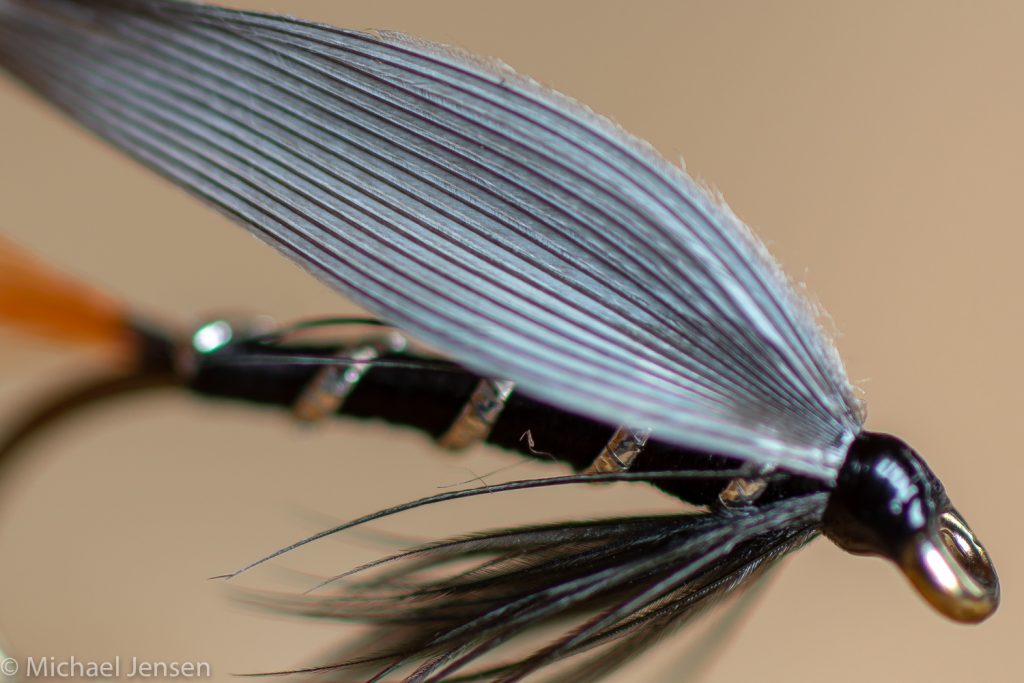
The original recipe called for mallard primary feather for the wing, but any feather with a bluish grey hue will do.
Anyway, this fly is a real confidence fly for me. It is combining the classic beauty of a quill winged wet fly with the close resemblance to a hatching midge. I always keep a few of these in my wet fly box, often together with the very similar hackled fly the Black Pennell. A wet fly that was devised in the nineteenth century by H. Cholmondeley Pennell.
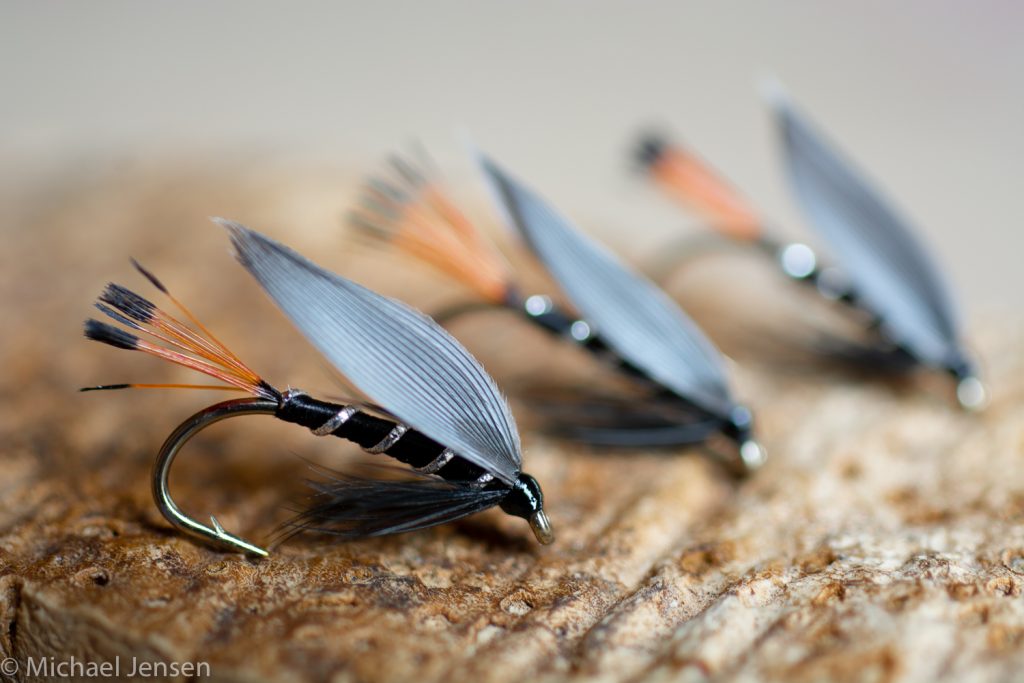
You wanna support my channel? Read on!
Affiliate links: Do you want to know more about Affiliate? Read here: https://michaeljensens.com/angling/affiliate-disclaimer/
Support My Channel by purchasing things from Amazon through this link (No additional cost for you): https://amzn.to/33uUhXA
You wanna see the camera gear and microphones I use for making my YouTube videos? Check out my equipment on this link to my blog: https://michaeljensens.com/angling/film-making-gear/
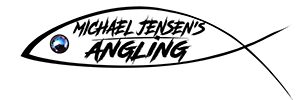



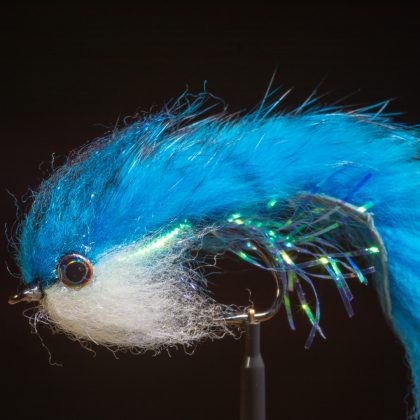
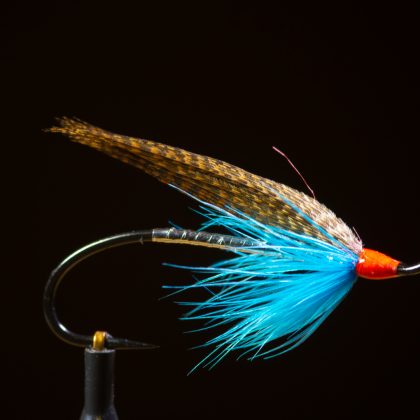

Comments
Joseph Duca
Hi Michael, must’ve missed this one :o( I’ve got to get in the habit of checking your blog on a regular bases. That’s a beautiful wet you’ve tied. I really like the look of these classic wets from the British Isles. That’s why I asked you to check out Steven Bird’s blog for those awesome looking Dabblers and other patterns he ties. When I first started tying, before I even bought a vise (I used a couple of vise grip pliers clamped to a board :o/ ) I used up all my bait hooks and dropped feathers from pigeons that roosted under the eaves. I never tried to match quills for those wings so I rolled or folded them. They were ok, but needed work on proportions, and less of a massive head that the 3/0 thread provided.
So I worked my way through the books and articles I read, tying different flies, then started fly fishing for trout – another lesson to be learned and still learning ;o) It took awhile but I finally started to catch trout on flies. And like our friend Hank Vana commented in your Casual Dress SBS “I let the fish be the judge” as to what they like. So I stuck with a few productive nymphs, streamers, soft hackles, and emergers – and those jigs fished on a spinning rod.
I think it’s time – the operative word – that I delve into the tying of these classic wets. Eric Austin has a channel on You Tube. He’s a writer for Fly Tyer and ties a lot of classic flies, he also lives in NY state like me. I think you would enjoy his work.
Thanks for your knowledge, skills and continued inspiration Michael. Cheers! :o)
Comments are closed.